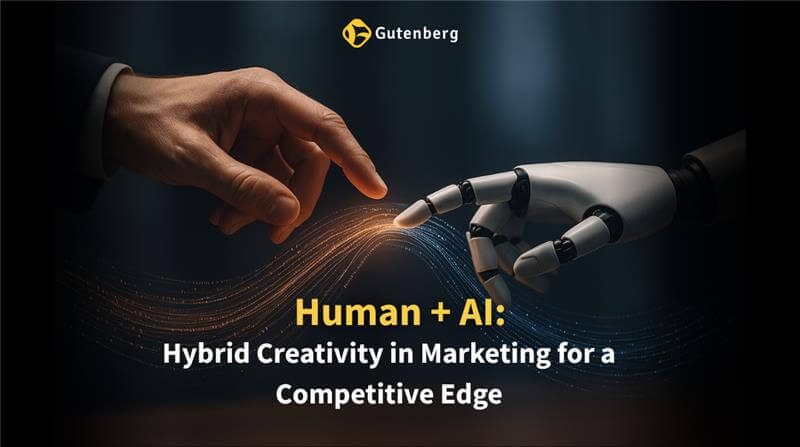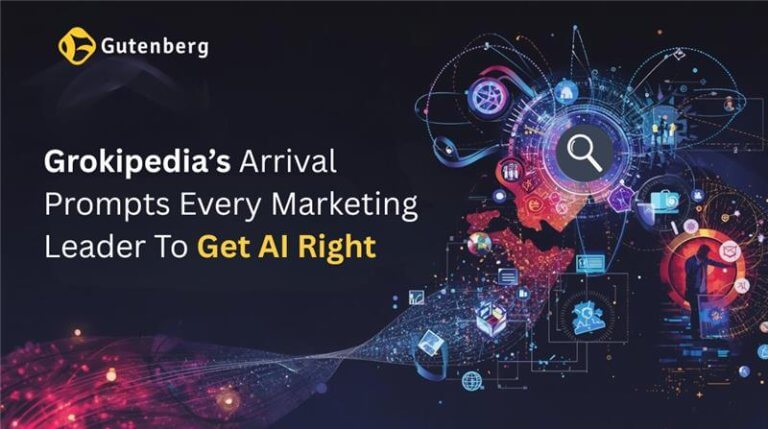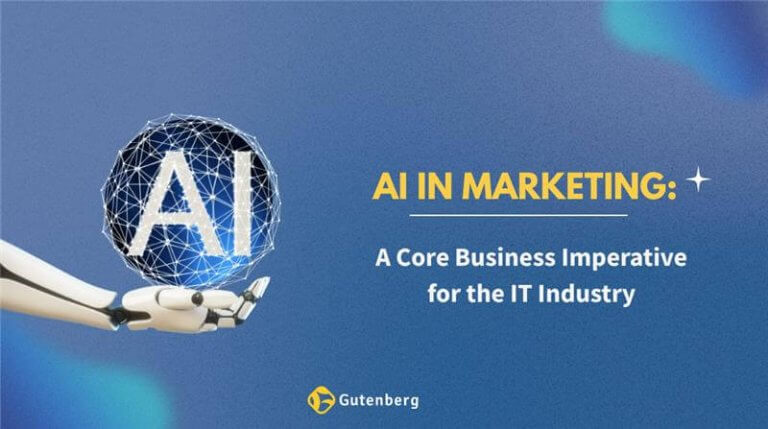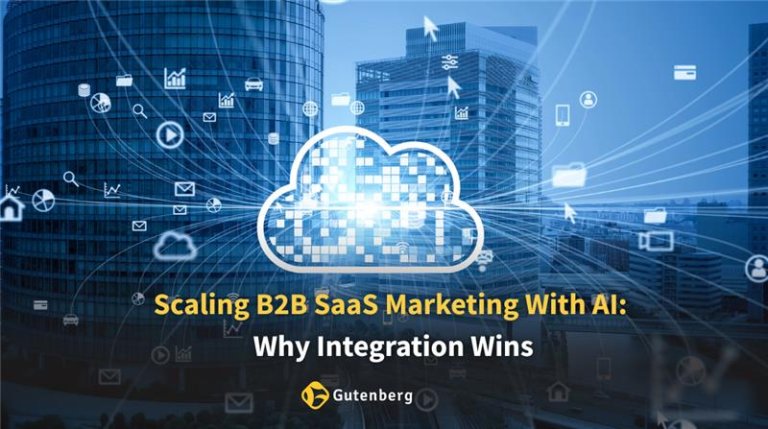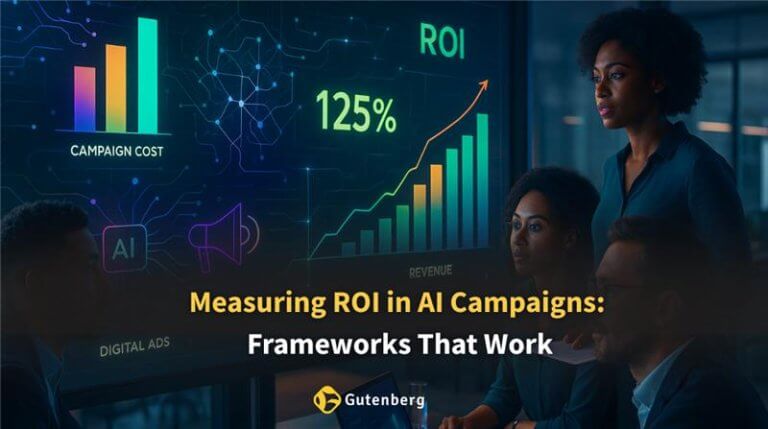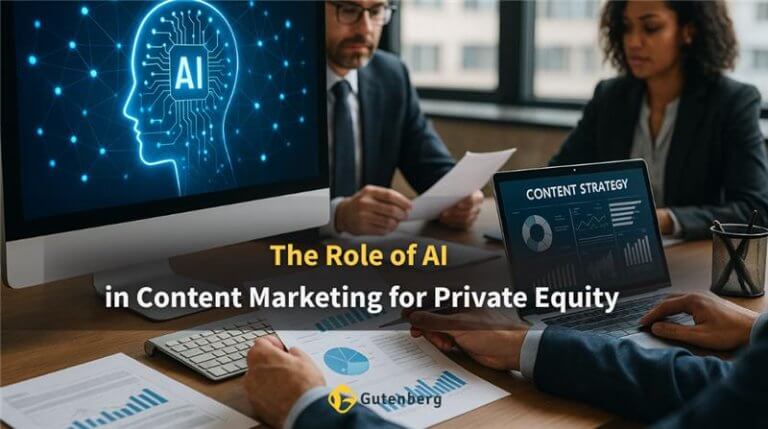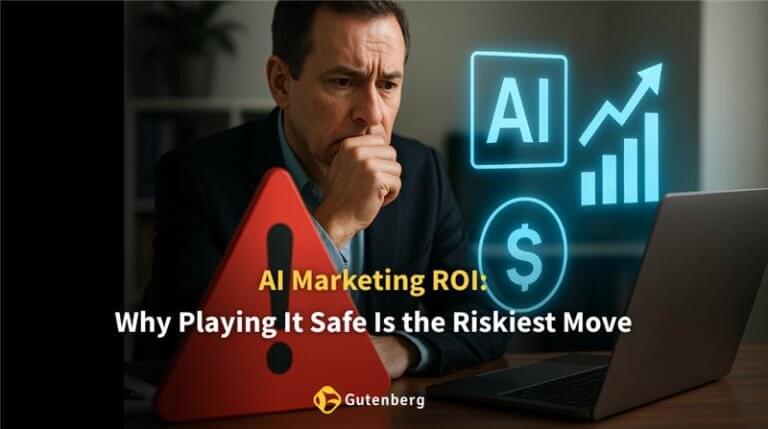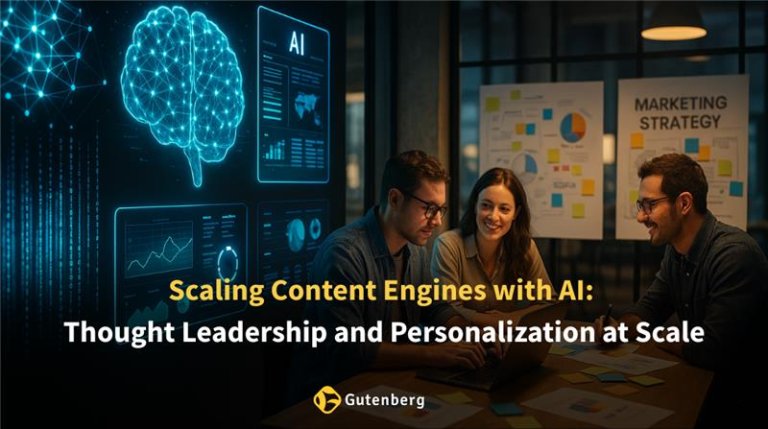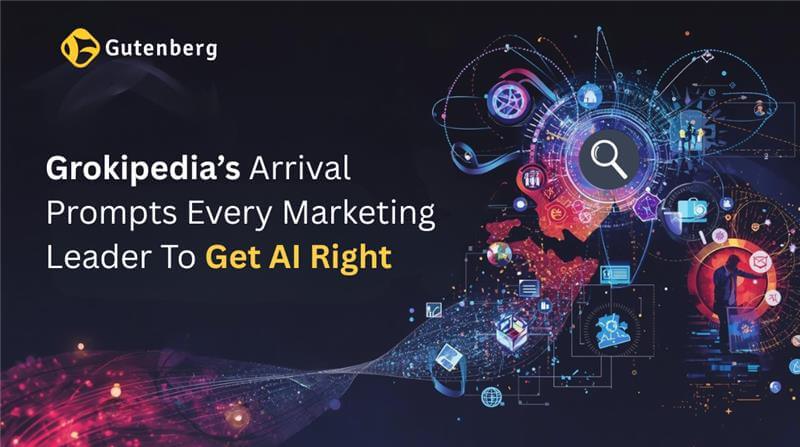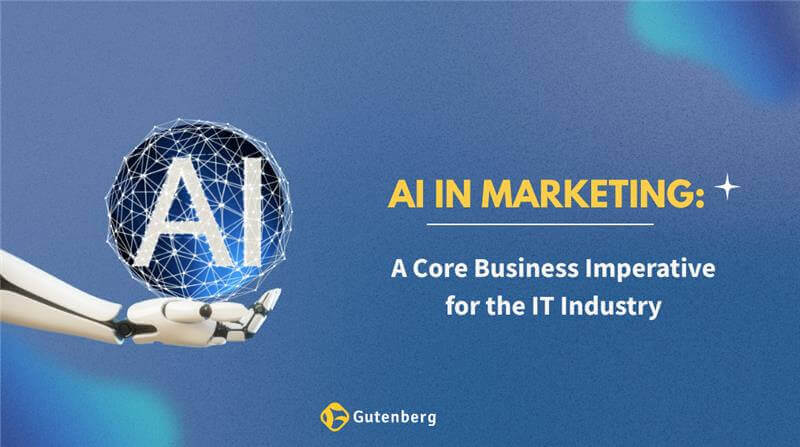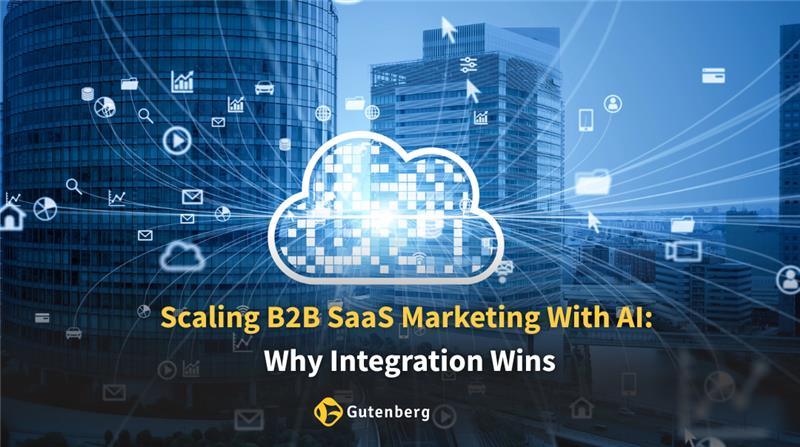The marketing world is experiencing a massive shift. With 71% of marketing leaders piloting or scaling AI-powered tools for analytics, personalization, and creative work, hybrid creativity in marketing is no longer a trend—it’s a competitive necessity. Marketers face rising expectations for real-time relevance, personal connection, and faster campaign rollouts. This blog explores why a blend of human thinking and algorithmic power—human + AI marketing—is setting the pace, how brands are adopting these tactics, and where marketers should act next.
The Foundation: What Is Hybrid Creativity in Marketing?
Hybrid creativity fuses the irreplaceable artistry of human storytelling with AI’s rapid data synthesis. Humans drive strategy, empathy, and brand voice, while AI speeds up research, suggests content variations, and sharpens personalization.
Nowadays, competition is fierce and audiences expect custom-tailored campaigns, this approach is essential. The state of marketing today requires agile teams able to shift gears quickly—something creative AI tools make possible, so long as human oversight ensures authenticity and connection.
“Creativity in marketing is driven by a hybrid model merging AI-powered insights with human ingenuity. The combination enables dynamic personalization and initiatives that stand out.”
— Forbes Agency Council Report
The Human + AI Model: Division of Labor for Maximum Creativity
Top brands are refining their human + AI marketing playbooks by clarifying responsibilities:
- AI handles: Generating campaign variations (ad copy, design, offer sequencing), running predictive analytics, and personalizing journeys at scale.
- Humans handle: Brand vision, emotional resonance, and cultural nuance while overseeing creative direction and safety.
According to Forbes, 75% of creative collaboration now occurs remotely—teams everywhere are stitching together campaigns powered by both designer instinct and data-driven insights.
2025 Trends Shaping Hybrid Creativity in Marketing
- AI-powered creative: AR/VR, gamification, and co-creation platforms are on the rise for deeper customer immersion. Platforms like Meta and Google Ads increasingly depend on AI-written creative—but human oversight remains critical.
- Engagement Boost: Campaigns guided by both AI and humans show a 43% improvement in engagement versus AI- or human-only efforts.
Top Creative AI Tools for Marketers in 2025
The right tech stack is giving marketers greater reach and speed. Leading AI-powered marketing tools include:
- Dynamic Yield: Real-time personalization.
- GWI Spark: Instant consumer insights.
- Adobe Target: Multivariate testing at scale.
- HubSpot Automation: Campaign sequencing across channels.
| Tool | Use Case | Marketing Benefit |
|---|---|---|
| Dynamic Yield | Real-time website content adjustments | Increased conversion & relevance |
| GWI Spark | Consumer insight generation | Smarter targeting, new segment discovery |
| Adobe Target | A/B & multivariate testing | Faster creative optimization |
| HubSpot Automation | Lead nurturing & campaign sequencing | Higher engagement, improved retention |
Powering Brand Strategy with AI Assistance
The role of AI-assisted brand strategy is clear: AI finds signals, humans craft the message. Marketers are increasingly using AI for predictive segmenting, automated micro-messaging, and real-time testing. McKinsey reports brands deploying AI-driven personalization see a 10–20% lift in conversions and up to 40% reduction in churn.
Gutenberg’s Role in Hybrid Creativity for Brands
Gutenberg combines data, creativity, and technology to help brands thrive. With strategic content planning and brand messaging experts, they ensure automation never sacrifices authenticity. The result: creative marketing content that resonates across channels while delivering measurable ROI.
- Integration of AI-powered marketing tools for scalable personalization.
- Creative marketing content crafted by seasoned strategists.
- Consulting to safeguard and amplify brand voice.
- End-to-end campaign execution with measurable ROI.
Action Steps for Marketers and Brand Strategists
- Audit: Review current creative workflows to identify where AI accelerates and where human input is vital.
- Test: Experiment with 2–3 new creative AI tools for campaign variations.
- Quality Check: Make human QA a non-negotiable for brand tone and compliance.
- Measure: Track KPIs for engagement and personalization. Iterate quickly.
- Stay Informed: Follow key industry sources for emerging AI marketing trends.
Final Thoughts
For brands and marketers, the era of hybrid creative model has arrived. By blending human imagination with intelligent automation, teams are exceeding engagement goals, deepening personalization, and driving ROI. The smartest strategies balance AI-assisted brand strategy and AI-powered marketing tools—always guided by human storytelling.
Gutenberg partners with marketers ready to embrace hybrid models—pairing tech with talent for campaigns that connect and perform.
Frequently Asked Questions (FAQs)
1. What is hybrid creativity in marketing?
Hybrid creativity in marketing blends human storytelling with AI-powered tools for scale, personalization, and analytics. Humans bring empathy and vision, AI adds speed and predictive insights.
2. Why is human + AI marketing important for brands in 2025?
In 2025, human + AI marketing is essential as audiences expect hyper-personalized, real-time experiences. Hybrid creativity ensures campaigns are efficient yet authentic.
3. What are the benefits of using creative AI tools in marketing?
Creative AI tools enhance personalization, testing, and campaign automation. Benefits include higher conversions, faster rollout, reduced churn, and stronger engagement when paired with human oversight.
4. How does AI-assisted brand strategy help marketers?
AI-assisted brand strategy identifies insights and predicts behavior. AI personalizes at scale, while humans ensure tone, story, and fit. Studies show AI boosts conversions by 10–20% and reduces churn up to 40%.
5. How can brands get started with hybrid creative model?
Brands should audit workflows, adopt 2–3 AI-powered marketing tools, and ensure human QA. Partnering with agencies like Gutenberg helps integrate AI strategies while maintaining authenticity.
Human + AI = Marketing That Works Discover how hybrid creativity can sharpen your brand strategy and boost ROI.
Let’s Collaborate

